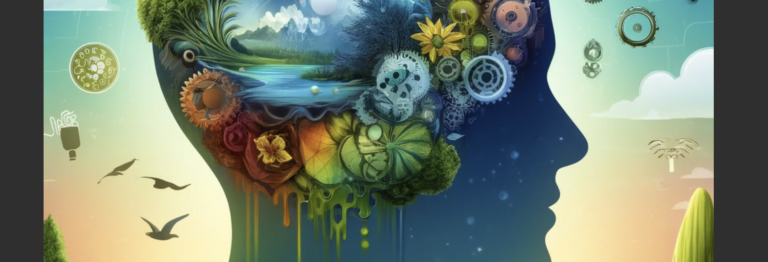The Anatomy of Fear: Dissecting Iconic Horror Myths
Horror myths have been a staple of storytelling for centuries, captivating audiences with their ability to evoke fear and suspense. In this article, we will delve into the anatomy of fear by dissecting some of the most iconic horror myths and exploring the psychological mechanisms behind their effectiveness.
The Power of Fear in Storytelling
Fear is a primal emotion that has evolved to protect us from danger. When we experience fear, our bodies release adrenaline, preparing us to fight or flee. This physiological response is what makes horror myths so compelling – they tap into our deepest fears and elicit a visceral reaction.
The Uncanny Valley
One of the key elements of horror myths is the concept of the uncanny valley. This term refers to the feeling of unease we experience when something is almost, but not quite, human. This can manifest in the form of creepy dolls, lifelike mannequins, or humanoid robots.
- Example: The Annabelle doll in “The Conjuring” franchise is a perfect example of the uncanny valley, with its lifelike appearance and sinister presence.
The Fear of the Unknown
Another common theme in horror myths is the fear of the unknown. Humans are wired to fear what we cannot see or understand, making the unseen a powerful tool in horror storytelling.
- Case Study: In “The Blair Witch Project,” the fear of the unknown is central to the film’s premise, as the characters are stalked by an unseen entity in the woods.
Conclusion
By dissecting iconic horror myths, we can gain a deeper understanding of the psychological mechanisms that make them so effective. From the uncanny valley to the fear of the unknown, these myths tap into our primal fears and keep us on the edge of our seats. The next time you watch a horror film or read a scary story, remember the anatomy of fear that lies beneath the surface.




























+ There are no comments
Add yours